 |
| AllThingsDogBlog.com Relaxed Mouth, Ears and Body |
Just like you and me dogs have differing needs of social interaction, both with humans and with their fellow canines. Our 'Ask the Dog Trainer' columnist, Michael Baugh, and I have had a number of inquiries about various aspects of the social lives of our dogs lately. Not all of these emails make their way to the blog, but today I'd like to share some thoughts on how I see the state of socialization of our Fido family members these days. Much of this is taken from the dozens and dozens of letters I get from you. Your questions and comments are very telling with regard to the big picture. So here goes...
One of the biggest underlying problems I see with the anti-dog folks is a basic lack of understanding of dogs' body language. My diminutive little Papillon, Oliver, is the most affectionate and sweet little boy ever. Yet I frequently receive questions like "Does he bite?", "Is he friendly?" (Said while his tail is wagging at the speed of light!) and "Is he a nipper?"
I'm no expert, so I'm not here to tell you a lot about how to read my dog, or any other. However there are a few things that go across breeds in general that are good for everyone to know when determining if a dog's behavior is generally safe and friendly:
- Tail position: A horizontal, wagging tail is a common sign of friendliness. Vertical tail positions, whether pointing up or down, do not necessarily reflect friendliness or aggression, but can be seen associated with a variety of social issues. Approaching such a dog may not be a good idea.
- Ear position: When both the ears and the tail are pointed upward, paired with a forward leaning stance, a dog is on high alert. You can't ask him why, so be safe and keep your distance while avoiding eye contact. A friendly, relaxed dog will rarely display these body language signs in conjunction.
- Barking: Barking can only be assessed in terms of its association with aggression when visibly paired with other body language signs that indicate aggression. Barking alone does not mean a dog will bite. It is merely a form of communication.
- Mouth/lips/eyes: An open, relaxed mouth and jaw as you see in Oliver's photo above is generally a reflection of the same attitude toward those he is looking at. Conversely, a tightly-closed mouth, fixed eyes, and particularly curled lips can be a sign that you should keep your distance.
Tonight when Oliver accompanied me to a outdoor cafe the server showed his comfort with Toy dogs (he owns two himself) by reaching forward to offer Oliver some affection. Some dogs do not appreciate a hand coming toward their face; however Oliver sees this as a social opportunity and was eager to receive the attention. When doing this, always ask first and rub gently UNDER the chin or on the neck, not at the back of the head where the dog cannot see your hand. While Oliver would trust you entirely, another dog of any size may take offense at this human assertion.
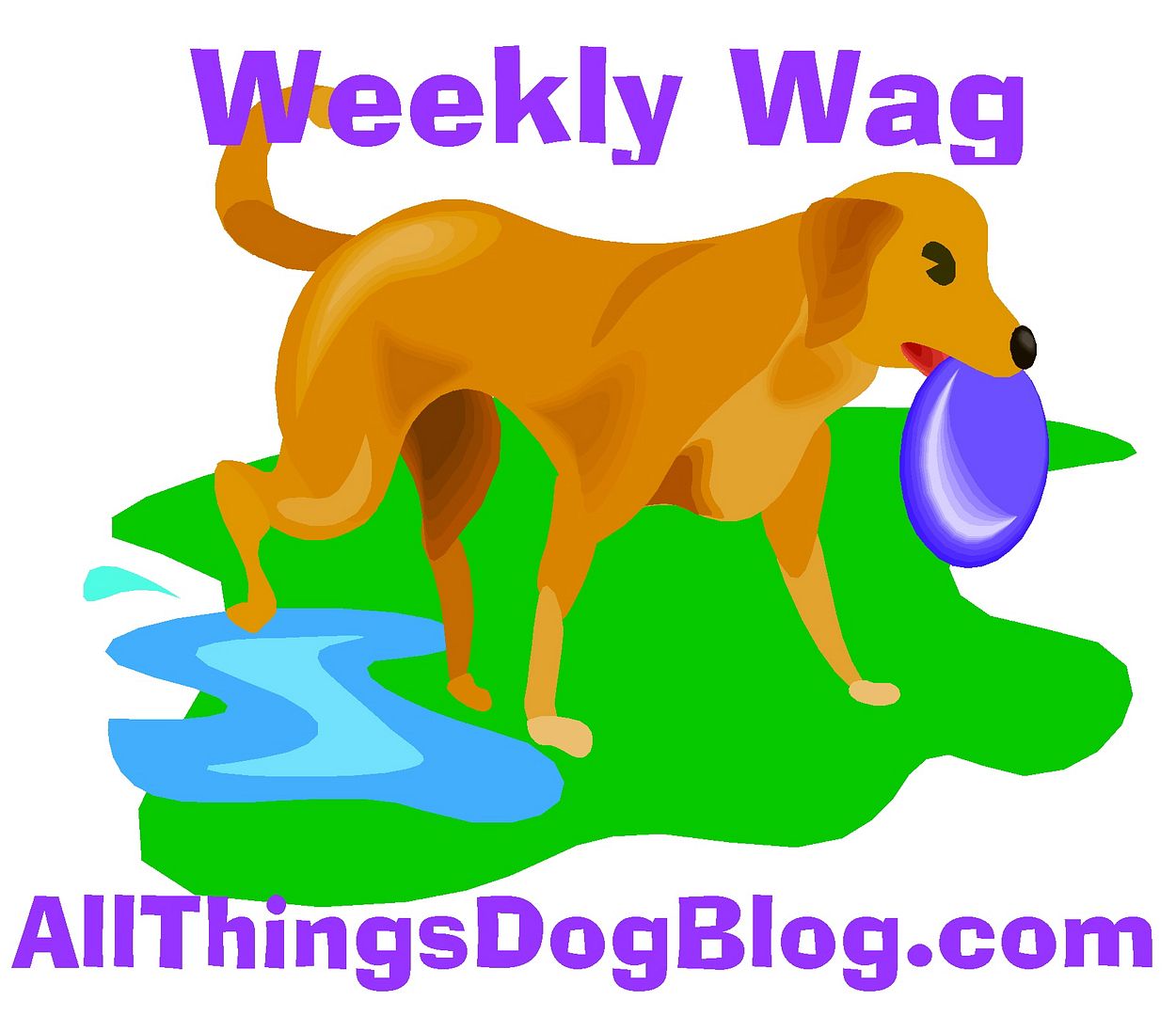
When allowing your dog to socialize with other humans, make sure you've got his back. Let interested greeters know how best to approach your pup, helping Fido learn to receive friendly human greetings with ease. As his owner, your dog will gain social skills with humans faster if you assist by offering tips to those who want to get acquainted. More experiences of a positive nature will equate to better socialization and acceptance of an occasional human faux pas. Often we need the training and support as much as the dogs.

When allowing your dog to socialize with other humans, make sure you've got his back. Let interested greeters know how best to approach your pup, helping Fido learn to receive friendly human greetings with ease. As his owner, your dog will gain social skills with humans faster if you assist by offering tips to those who want to get acquainted. More experiences of a positive nature will equate to better socialization and acceptance of an occasional human faux pas. Often we need the training and support as much as the dogs.
Just as all Pit Bulls are not mean, all little dogs are not nippers and all Retrievers are not water lovers. Protect yourself and younger loved ones by learning more about dog body language and don't ever make assumptions based on breed or size. This will inevitably get you into trouble. Questions? AllThingsDogBlog@gmail.com





















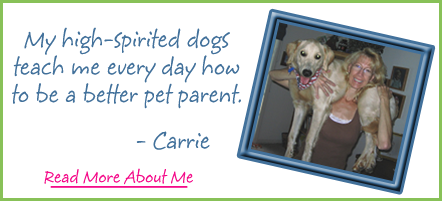
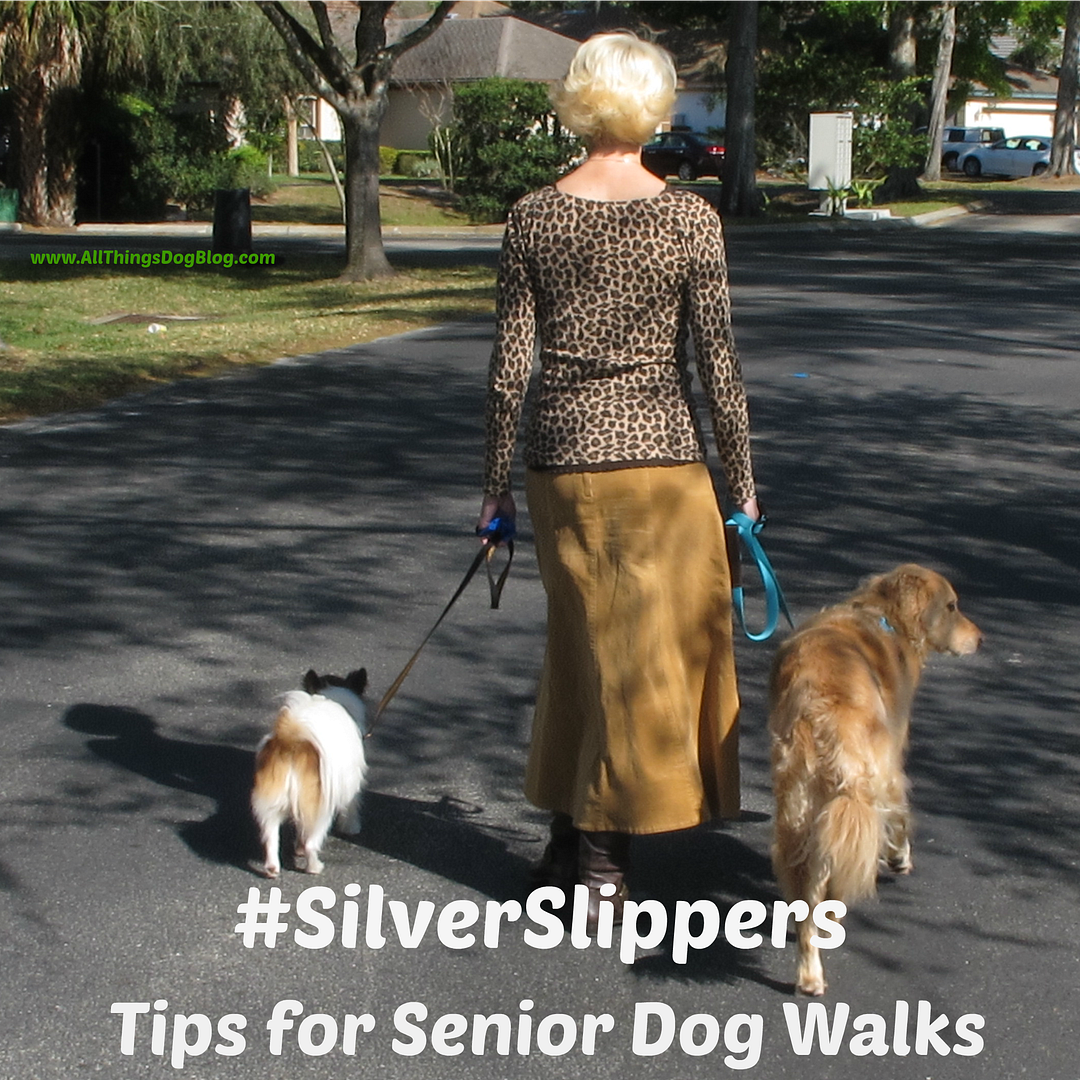






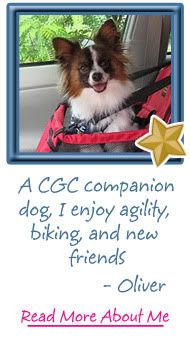





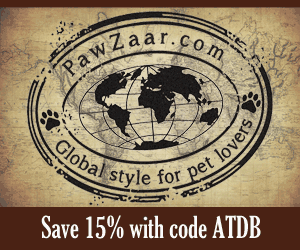


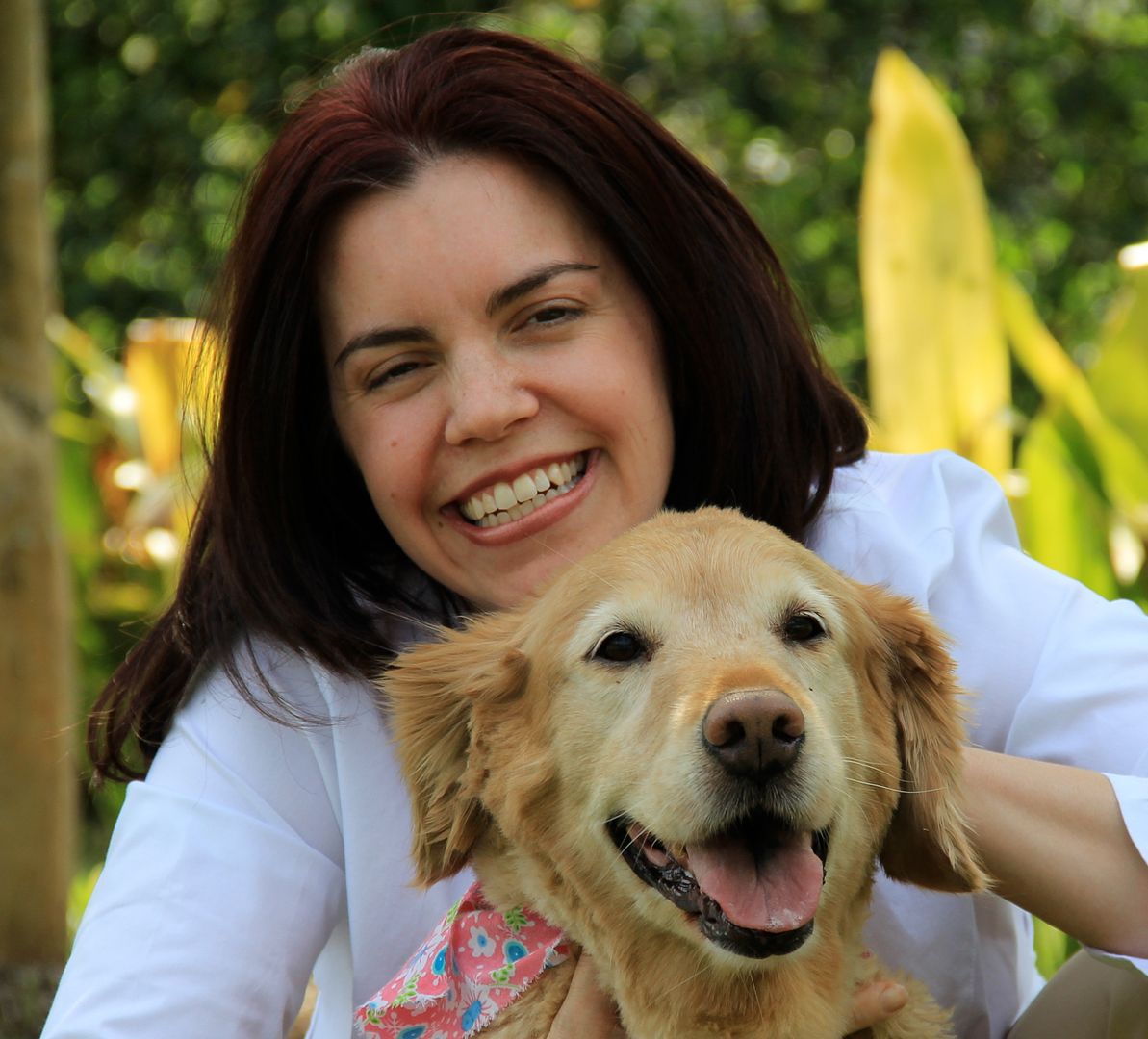



9 comments:
FANCY the Red Standard Poodle said...
Hi Y'all!
Great article. Can never give humans too much info on how to relate to us pawed ones.
Y'all come by now,
Hawk aka BrownDog
Anonymous said...
Nice helpful article. My dog is very large and very dark and I am always amazed by how afraid people are when they meet him!
Elizabeth Bergesen said...
Great post, and thanks for the tip about petting under the chin and not at the top of the head!
Dawn said...
Good info. Whether people know dog body language or not it is always good for them to ask. I'm working on socializing my dog Pierson and am very happy when most people ask. I can tell them that they have to move slowly and that it is better to scratch under his chin than on top of his head. And I also tell them to let him sniff them first. But not everyone asks and there was at least one person that Pierson was severely intimidated by. Pierson didn't try to bit, but he ducked behind me.
AnnStaub said...
What a great post! Animal body language is very important. As a vet tech, reading pet's body language can help you learn more about the patient and possibly help diagnose their problem. It can also save you from being bitten or scratched!
larrielle said...
You made great points, especially stating that it's important that your pup feels like you're on their side. I know Bentley does not like to be petted when I am holding him in my arms (he'll growl and then snap at whomever is "trying" to touch him), so informing the other person beforehand will protect them and not aggravate Bentley.
Nadrich & Cohen LLP said...
Very informative! Just like us pet's have their version of body language which is very important.
Eric Tomasello said...
You need to know a pet's language when you are the stranger walking up to an animal. As a dog walker pets act differently with me than they do the owner. Just had this happen to me today. A neighbor said it was the first time the dog did not bark at him.
Jessica @ YouDidWhatWithYourWeiner said...
Great quick cheat sheet. I agree with the barking one too. Excessive barking can mean a LOT of different things. Chester's excessive barking means "I am over here, please come play with me" and is accompanies by a relaxed stance and horizontal wagging tail. Gretel's excessive barking means "Stranger danger, get away from me!" and is accompanied by a tense body, ruffled fur and a tail between the legs. I see people confusing Chester's bard for aggression all of the time though (I can tell my their reaction). It's hard for people to tell though and they are better safe than sorry.
Post a Comment